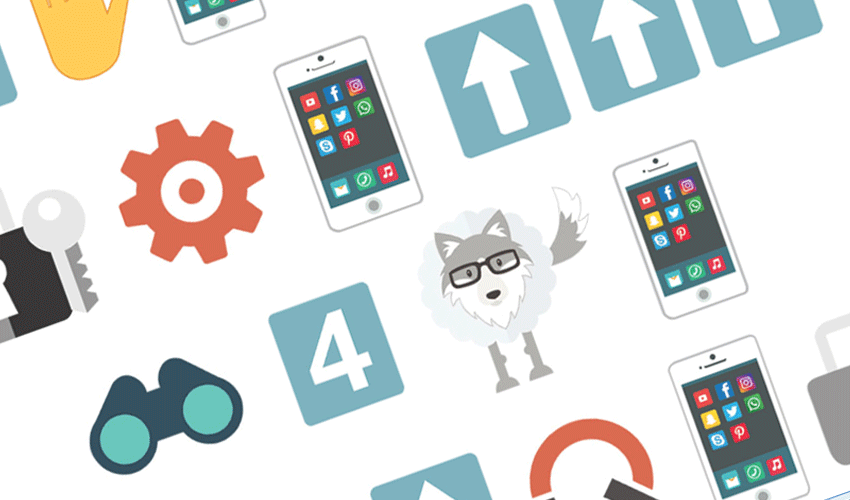
When you upload your data to a cloud service, you are putting your faith into that provider.
You are also hoping that they will keep your data secured and protected from any possible security breach.
What you may not know, however, is that cloud services providers, public or private, often consider security risks a shared responsibility between you—the customer—and them.
This means that you, the customer, are always responsible for monitoring and controlling the access to your data. For example, you must initially provide a strong password and keep it secure.
If you are no IT expert, then bigger security threats and their solutions may not come naturally to you. Here are a few that you can take control of to secure your and your company’s data in the cloud.
1. Large Amounts of Data
When there are large amounts of data stored within a cloud service, this means it can be difficult to immediately view what that data is, where it is, and if it has been breached, and it also makes a target for cyberattacks who want to gain access to a larger amount of information at once.
For storing large amounts of data that are near impossible to keep track of humanly, it’s essential that you install data protection services and the highest level of security you can; providers like McAfee have security services that will automatically notify you if there are any threats to your data.
2. Lack of Staff Training
If your staff are using a cloud service, it’s imperative that they are trained in maintaining its security. Employees remain one of the main reasons that security breaches occur within a company, simply because they haven’t received enough training to educate them on how to operate within a cloud service safely and without risking a breach.
3. Vulnerable Systems
If you use a third-party provider for your cloud service, it is impossible to know exactly how they operate and what their vulnerabilities are. If that third-party provider is a prevalent and well-known cloud service, it also means that they will be a popular choice for hackers who want to breach your data and can ultimately make your data more vulnerable.
No matter how secure the service provider claims to be, it’s imperative that you install your own methods of monitoring and have upgrade protocols for your system so that you can see how your security is operating.
4. Shared Access
When you use a third-party public cloud service, you ultimately have no control over who is able to access that same service. Some public cloud services don’t offer security between clients, even if they do offer it to protect from outside attackers. In cases like these, data can be breached to another client of the same provider and if one client’s security is breached, then there is a risk that another’s will be as well. To protect yourself from a situation like this occurring, it’s important that you set up your own security measures alongside what the provider offers.
No matter what service you use or what protections you put in place, there will always be attackers, so you must be vigilant!












